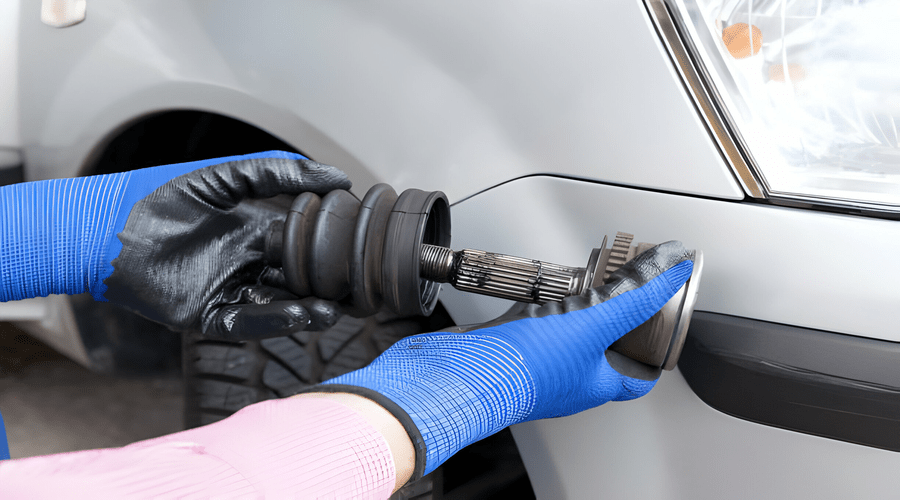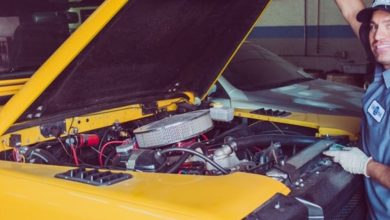
Vehicle Drifting: How CV Joint Wear Affects Wheel Alignment
CV joints transfer power from the transmission to wheels. Worn joints affect torque distribution and driveline stability consistently. Drivers may notice vehicle drifting during acceleration or turning. Early inspection prevents further damage and ensures safe handling. Healthy CV joints maintain straight-line stability and responsive steering effectively. Understanding the link between joints and alignment improves vehicle safety. Proper maintenance preserves driveline integrity and reduces repair costs significantly. Acting quickly prevents misalignment and avoids unexpected handling issues. CV joint health is critical for reliable driving performance every day.
Impact on Torque Transfer
CV joints transmit torque evenly to front or rear wheels. Worn joints produce uneven torque causing wheels to pull inconsistently. Misaligned torque increases stress on suspension and steering components unnecessarily. Repairing or replacing joints restores smooth power transfer and driveline stability. Mechanics test torque delivery and monitor wheel response during driving carefully. Maintaining CV joints preserves driveline efficiency and wheel alignment effectively. Uneven torque transfer often precedes noticeable handling problems during normal driving, making timely Auto Repair in Laurel, MD an important step for vehicle safety.
Outer Joint Degradation
Outer CV joints handle angular rotation during turns safely and smoothly. Excessive wear produces clunking, vibration, and minor drift while cornering repeatedly. Noise and movement indicate the joint is failing and needs replacement. Mechanics inspect outer joints visually and by rotating wheels slowly. Replacing worn outer joints restores precise wheel motion and stable steering. Healthy outer joints maintain smooth alignment under variable torque and load. Damaged joints increase lateral forces on tires and suspension unnecessarily. Monitoring outer joints prevents progressive drift and preserves vehicle control consistently. Proper maintenance ensures reliable handling during low-speed and high-speed driving.
Suspension and Alignment Effects
CV joint wear affects suspension geometry indirectly through uneven wheel forces. Misaligned wheels reduce straight-line stability and increase tire wear consistently. Steering may feel loose or pull to one side during driving. Early CV joint inspection prevents further alignment issues and component stress. Mechanics check suspension and alignment when replacing worn CV joints carefully. Proper maintenance preserves wheel angles and improves driveline reliability effectively. Damaged joints can cause drifting and reduce vehicle safety significantly. Maintaining joints ensures stable handling and extends suspension component lifespan. Straight-line stability relies on consistent torque and proper CV joint function.
Conclusion
Vehicle drifting often signals worn CV joints internally and externally. Outer and inner joint wear reduces torque consistency and wheel alignment. Damaged joints affect suspension geometry causing tire wear and instability. Early inspection prevents additional drivetrain and suspension damage effectively. Repair or replacement restores smooth torque transfer and stable driving. Healthy CV joints improve handling, performance, and overall driveline reliability. Detecting joint wear early reduces repair costs and prevents drifting issues. Proper maintenance preserves joint integrity and vehicle alignment consistently. Acting quickly ensures safe straight-line driving and long-term handling stability.




